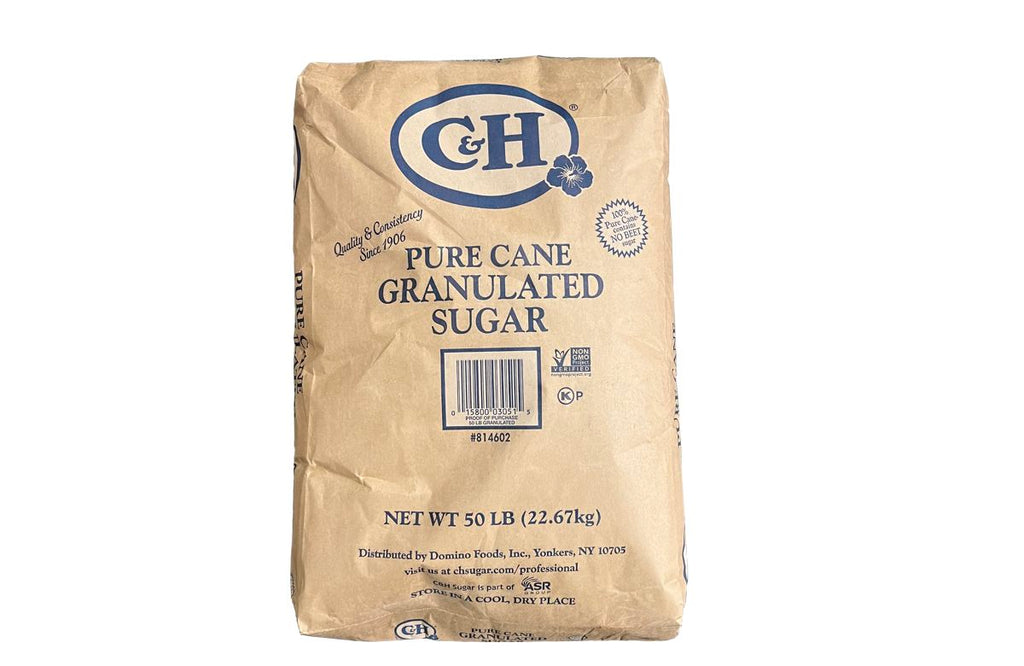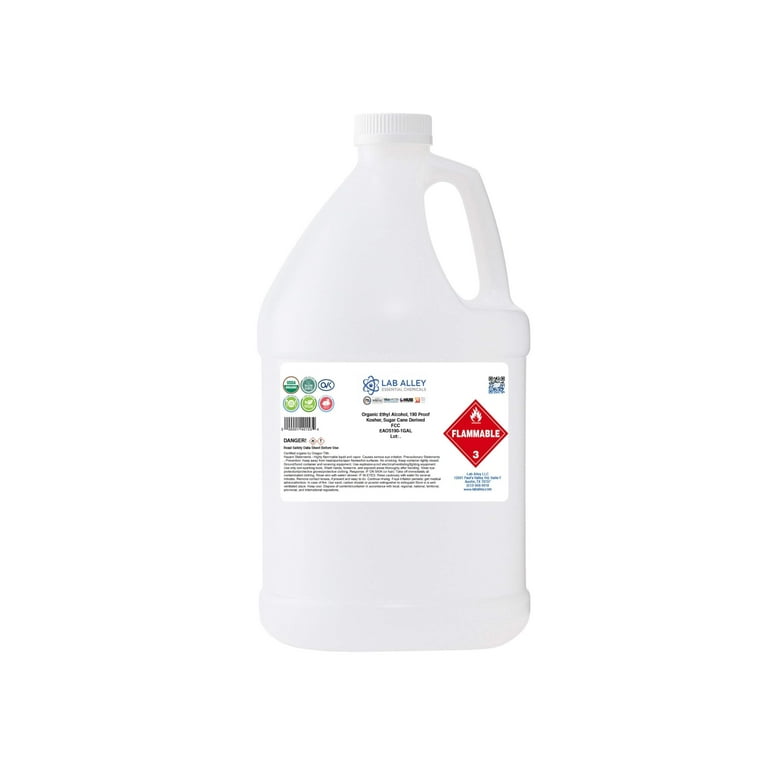Comprehending the Diverse Roles of Sugar Cane in Agriculture and Manufacturing
Sugar Cane plays an essential function in both agriculture and production. As a major cash crop, it affects economic climates in tropical areas. Its flexibility extends past sugar manufacturing to biofuels and eco-friendly products. In addition, sugar Cane cultivation advertises soil health and biodiversity. The full scope of its contributions and possible in sustainable methods stays to be discovered. What ingenious actions could improve its role in future farming systems?
The Agricultural Significance of Sugar Walking Cane
Sugar Cane plays a vital function in farming, contributing significantly to the economic situations of lots of exotic and subtropical areas. This grass types grows in warm climates, requiring enough sunlight and water, making it a suitable plant for these areas. Sugar Cane is mainly cultivated for its high sucrose material, which functions as a critical resources for sugar production. Additionally, it plays a substantial function in soil preservation by preventing erosion and enhancing soil fertility with its development cycles. Sugar walking cane's comprehensive root system aids in water retention, benefiting neighboring plants. The crop supports regional ecological communities by giving habitat and food for various wildlife types. Farmers commonly incorporate sugar Cane into crop turning systems, enhancing biodiversity and agricultural strength. The farming of sugar Cane not just satisfies neighborhood food demands yet also cultivates lasting farming techniques, promoting long-lasting environmental wellness in farming areas.
Financial Payments of Sugar Cane Farming
Although sugar Cane is commonly overlooked, its economic payments are significant, especially in establishing countries where it acts as a necessary cash crop. The farming of sugar Cane generates significant revenue for millions of farmers, offering incomes and fostering rural growth. As a flexible plant, it supports numerous sectors, including sugar production, biofuels, and pharmaceuticals, as a result boosting local economies.
In addition, sugar Cane cultivation advertises task production in agricultural markets, processing facilities, and transportation networks. It additionally adds to fx earnings with exports, boosting national economic stability. In areas such as Brazil and India, sugar Cane plays an essential function in farming exports, strengthening profession balances.
In addition, the plant's byproducts, like bagasse and molasses, supply additional economic chances, made use of in energy generation and pet feed. For this reason, the economic effect of sugar Cane expands beyond simple farming, influencing broader farming and commercial landscapes.
The Refine of Sugar Manufacturing From Walking Cane

The trip from sugar Cane to refined sugar involves numerous crucial stages that highlight the intricacy of sugar production. Originally, fully grown sugar Cane stalks are gathered and delivered to refining centers. The Cane is after that crushed to draw out juice, which consists of a high focus of sucrose. This juice goes through clarification, where contaminations are removed, often making use of lime and warm
Next off, the clarified juice is vaporized to focus the sugar material. The resulting syrup is then subjected to condensation, enabling sugar crystals to develop. These crystals are divided from the staying syrup via centrifugation and cleaned to remove any kind of residual molasses.
The last involves refining, where sugar crystals are additional purified and bleached, resulting in the white granulated sugar generally made use of in food. This careful procedure underscores the detailed trip from raw Cane to the sugar that plays an essential function in different cooking applications.
Sugar Cane as a Resource of Biofuels
As rate of interest in eco-friendly energy sources grows, sugar Cane has become a considerable prospect for biofuel manufacturing. The plant's high sugar web content makes it possible for reliable fermentation processes, transforming sugars right into ethanol. This biofuel serves as a sustainable option to nonrenewable fuel sources, decreasing greenhouse gas discharges and advertising power sustainability.
Countries like Brazil have actually lengthy utilized sugar Cane for ethanol, establishing comprehensive manufacturing infrastructure that sustains both domestic energy needs and global export. The growing of sugar Cane for biofuel has actually likewise developed financial possibilities, specifically in country areas, where it creates work and supports regional farming.
Sugar Cane biofuels can be integrated into existing gas systems, making them a useful service for shifting away from standard power sources. As technological improvements remain to enhance manufacturing performance, sugar walking cane's duty in biofuel growth is poised to expand, further adding to international efforts towards renewable power adoption.
Innovative Uses Sugar Cane in Biodegradable Plastics
A growing variety of researchers and makers are discovering ingenious uses sugar Cane in the production of biodegradable plastics. Sugar cane, rich in sucrose, can be processed to develop polylactic acid (PLA), a biopolymer that works as an basics option to petroleum-based plastics. This bioplastic can be made use of in different applications, including packaging, non reusable flatware, and agricultural films.
The use of sugar cane-derived PLA provides numerous advantages, such as lowered dependence on nonrenewable fuel sources and the possibility for lower carbon discharges throughout manufacturing. Furthermore, sugar walking cane's eco-friendly nature makes it an appealing choice in the mission for lasting products. Current developments in handling techniques have actually boosted the efficiency and cost-effectiveness of generating these bioplastics, promoting higher fostering in the market. As the need for eco-friendly options expands, sugar Cane stands apart as an important resource in the change in the direction of greener production techniques.
Environmental Advantages of Sugar Cane Farming

Additionally, sugar Cane requires much less water compared to various other plants, making it suitable for farming in arid regions. Effective use plant deposits, such as bagasse, can minimize waste and provide renewable resource resources. Furthermore, sugar Cane farming can facilitate the establishment of agroforestry systems, producing a synergistic partnership between trees and crops. These practices not just secure the atmosphere yet also advertise sustainable farming techniques, eventually profiting neighborhood communities and ecosystems.
The Future of Sugar Cane in Lasting Practices
The possibility for sugar Cane to contribute to sustainable energy sources is getting traction. Biofuels obtained from sugar Cane can significantly reduce carbon exhausts contrasted to fossil gas, straightening with worldwide climate objectives. In addition, improvements in waste administration enable the application of by-products, better decreasing environmental effect.
Study right into drought-resistant sugar Cane varieties is also underway, offering strength against climate change. As stakeholders throughout the sector accept these lasting methods, sugar Cane is poised to play a crucial role in cultivating agricultural sustainability, ensuring its significance in future markets and adding positively to eco-friendly balance.

Often Asked Questions
Just How Does Sugar Cane Affect Soil Wellness and Fertility?
The effect of sugar Cane on dirt wellness and fertility is substantial. Its substantial origin system improves dirt structure, while organic issue from decaying fallen leaves adds essential nutrients, advertising general fertility and sustaining varied microbial life.
What Are the Labor Problems for Sugar Cane Employees?
Labor problems for sugar Cane employees vary extensively, commonly identified by long hours, reduced salaries, and unsafe settings. Numerous face difficulties such as absence of access to healthcare and inadequate protective steps versus unsafe conditions.
Can Sugar Cane Be Grown in Non-Tropical Environments?
Sugar Cane generally flourishes in tropical environments as a result of its heat and moisture demands. Nevertheless, certain non-tropical areas might efficiently grow it through certain farming techniques, though returns and high quality might be substantially minimized.
What Pests Typically Endanger Sugar Cane Crops?
Parasites threatening sugar Cane crops include the sugarcane borer, aphids, and nematodes. These organisms can greatly influence plant yield, demanding reliable bug administration techniques to ensure healthy growth and maximize farming productivity.
Exactly How Does Sugar Cane Farming Impact Citizen Communities?
The growing of sugar Cane significantly affects regional communities by providing work opportunities, boosting economic growth, and influencing social structures. Additionally, it can result in environmental obstacles, influencing agricultural methods and community wellness in the area.
Sugar Cane is largely cultivated for its high sucrose content, which offers as an essential raw product for sugar production. Farmers often integrate sugar Cane into plant rotation systems, boosting biodiversity and farming strength. The journey from sugar Cane to polished sugar includes a number of essential phases that highlight the intricacy of sugar manufacturing. The last stage involves refining, where sugar crystals are further detoxified and bleached, resulting in the white granulated sugar typically made use visite site of in food items. The plant's high sugar material makes it possible for efficient fermentation procedures, converting sugars right into ethanol.